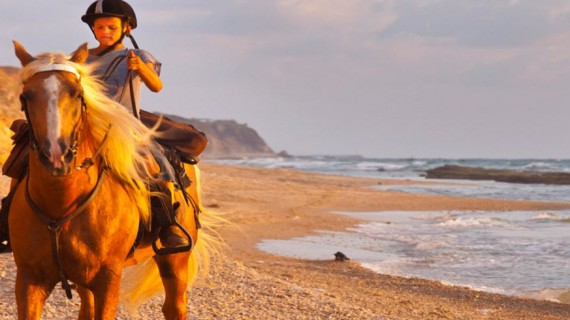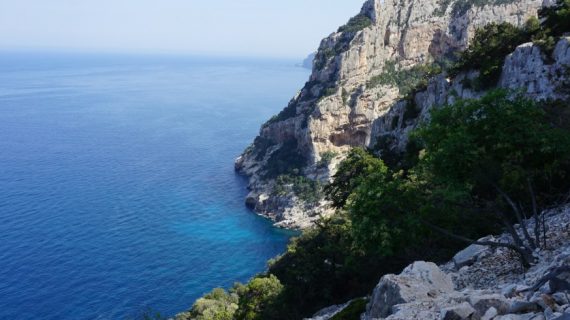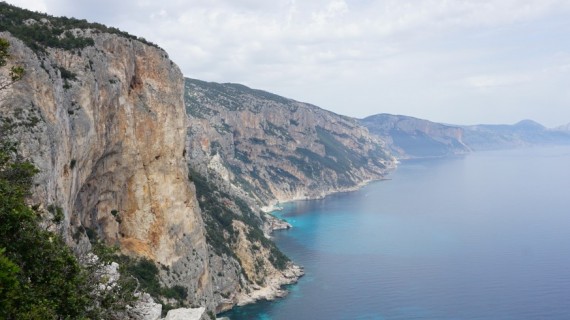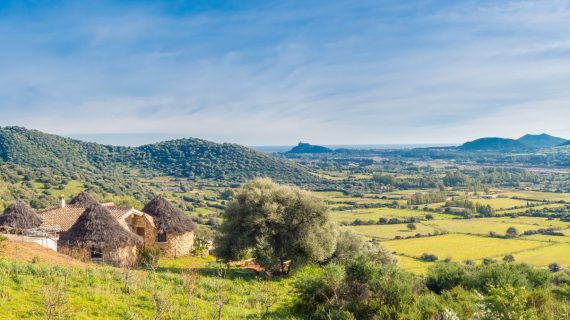Asinara is an island situated on the north-western border of Sardinia. Over the centuries, Asinara has always had an atmosphere of mystery and enchantment. For example, a legend tells that Hercules, son of Jupiter, came to this island to discover with his own eyes if it was as beautiful as everyone said. Not only did he find it beautiful, but he fell so in love with it that he wanted to possess it. So he called it Herculis Insula.
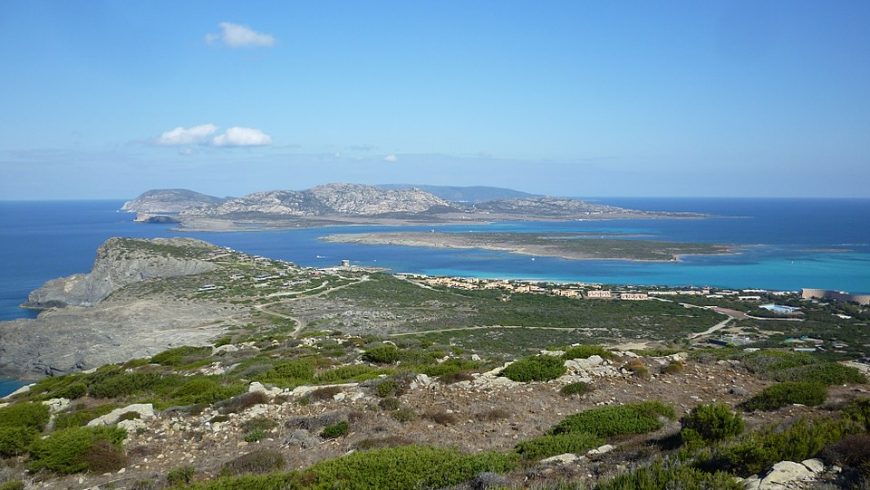
Asinara has kept its vegetation untouched thanks to a century of isolation: from a “quarantine” health centre, to a prison camp during the First World War, to a maximum security prison. Finally, in 2002 came the establishment of the the Park Authority. Now visitors can admire splendid landscapes covered with Mediterranean maquis and anthropized places able to relive moments of the past.
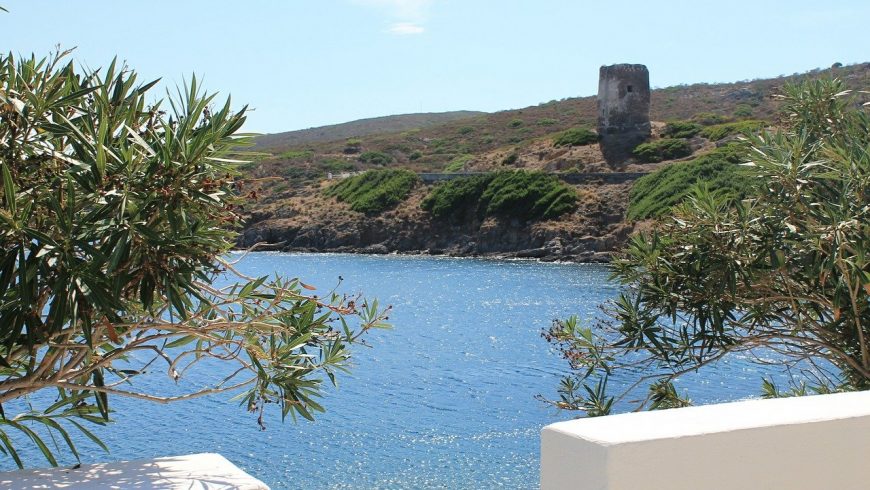
The white donkey and other animals of the Asinara Park
The island owes its name to the presence of many donkeys and especially a very peculiar species: the white donkey. The originality of the animal comes from its white coat and its sky-pink eyes. There are several assumptions about the origin of this very particular donkey. It is even said that they landed on the island due to the shipwreck of a vessel on its way to France. Most probably, the white donkey is an native species that would derive from grey donkeys with an albino character.
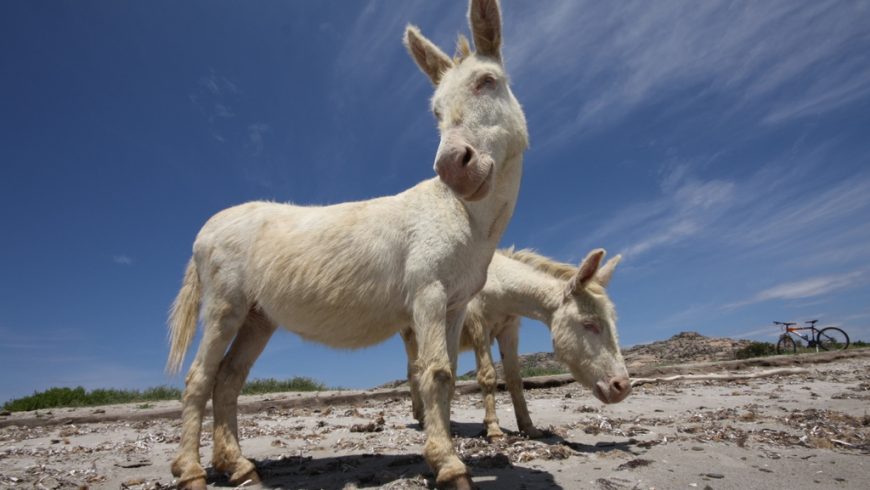
Besides the donkey, the mammals of the Asinara Park are the mouflon, the hare, the weasel, the wild boar and the horse. Among the most common reptiles there is the tortoise and viperine snake, a snake similar to the viper but not poisonous. The seabirds are represented by the Corsican seagull, the tufty gull and the Sardinian partridge, a small bird that nests only in Sardinia. The Asinara, moreover, is part of the so-called “Pelagos Sanctuary for Mediterranean Marine Mammals”, classified as a Special Protected Area of Mediterranean Interest. During a boat trip, it is very common to sight some nice dolphins. These creatures have fascinated people since ancient times.
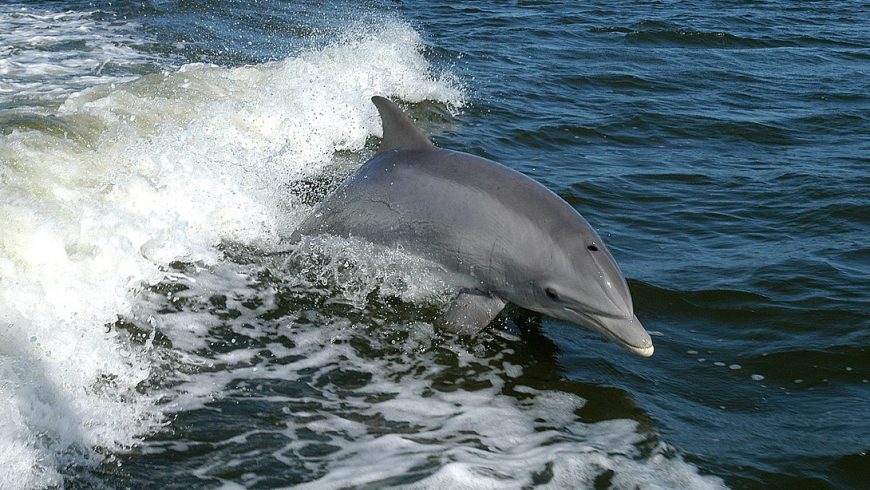
Hiking in the Park
The Asinara Park is conventionally divided into 3 areas. You can explore them through paths that will allow you to deepen both the geological and historical-cultural features of this island. We suggest you to dedicate a whole day to each of these areas. This way, you will be sure to fully appreciate all the aspects that characterize Sardinia, but on a smaller scale.
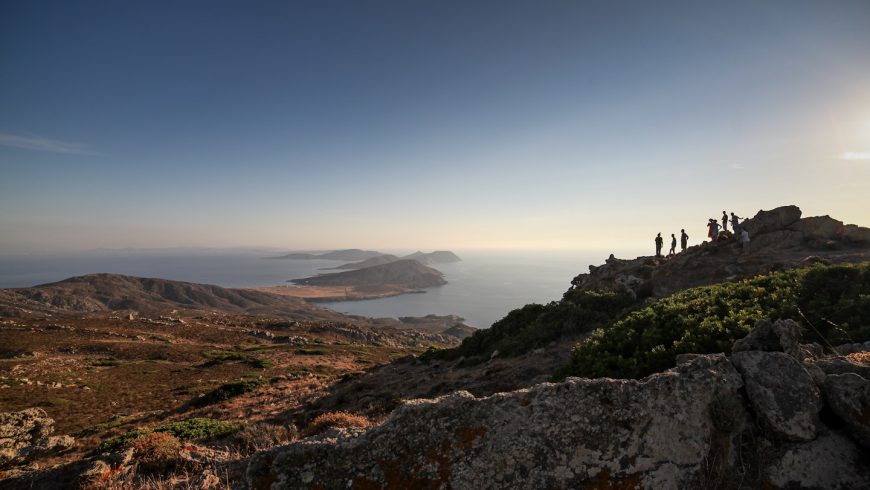
1. The Fornelli area
From Fornelli it is possible to walk along different themed paths. The Granite path allows you to get to know the geological characteristics of the southern part of the island. The Water path shows the hydrogeological environment in all its forms. After visiting the Castellaccio fortress through the dedicated path, you can observe the mouflons and other species of animals of the island along the Muflone path. Whereas on the small islands of Cala Scombro di Dentro you will find Sardinian partridges, colonies of seagulls and tufty gulls. Here these birds find the perfect environment to nest.
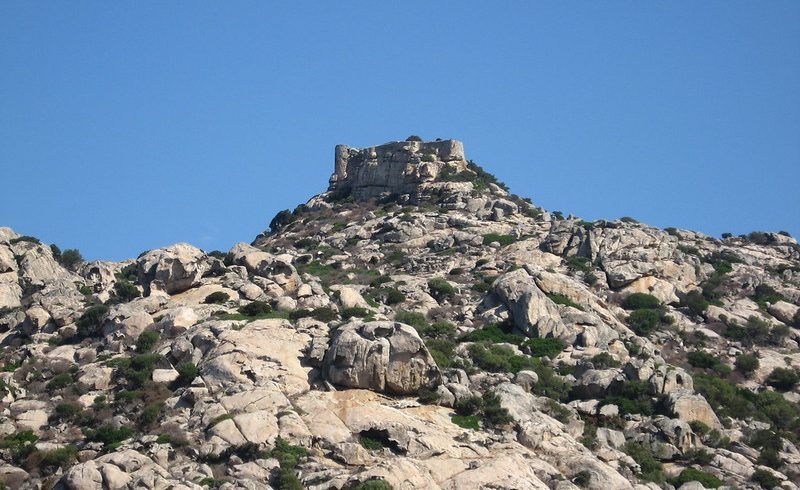
2. The La Reale area
Ships affected by infectious diseases landed in this area of Asinara. You can notice the characteristic town-planning scheme of Cala Reale from the seashore, with the pier leading to the steps, the gardens and the entrance to the Royal Palace. The latter is now the headquarters of the Park and the Ministry of the Environment.
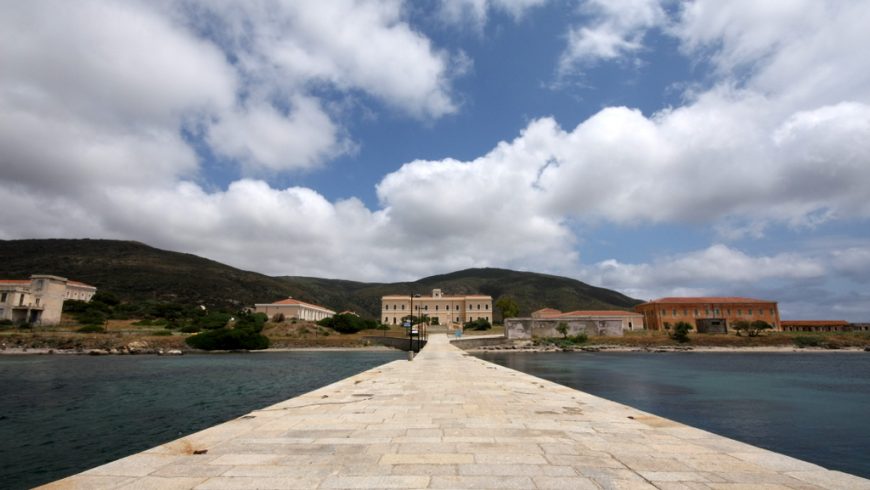
The visitor centre is the starting point of two routes. The Memory Path will take you on a journey through time to discover the main stages of the island’s history. Otherwise, the White Donkey Path will allow you to have a close encounter with this particular species. Don’t miss the Nature Trail, the first of its kind in Sardinia. You can walk along this trail on your own thanks to the numerous informative texts and interactive stations that accompany you along the uncontaminated environments of the Asinara.
- Photo by Michela Simoncini on Flickr – CC BY-SA 2.0
- Photo by Michela Simoncini on Flickr – CC BY-SA 2.0
3. The Cala d’Oliva area
Cala d’Oliva looks like a typical Sardinian village with white houses. In the lower part there are low buildings, while the higher area is characterized by more important architectures due to the prison activities.
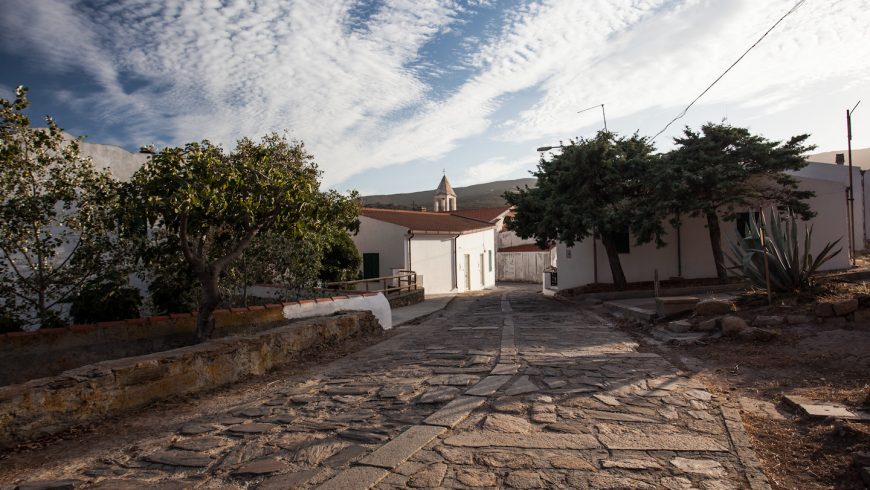
From here you can explore various routes immersed in nature, such as the Holm-oak path, which leads to the Elighe Mannu wood. Alternatively, the Lighthouse path takes you into the wildest areas of Punta Scorno. Moreover, through the path of Cala Sabina, it is possible to reach the beach of the same name, along an old mule track along the coast.
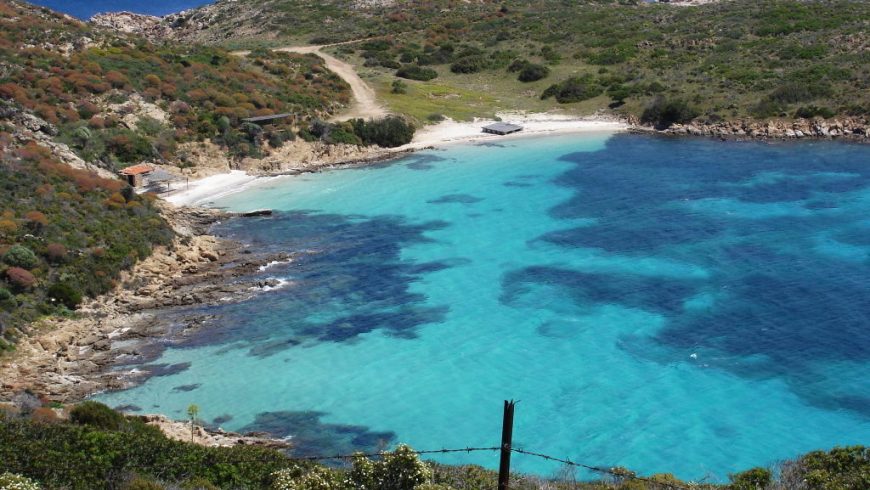
The Asinara island on a sailing boat
An increasingly popular type of visit is the sailing boat excursion. This experience allows you to admire the beauty of the natural elements of the sea and the strength of the wind. All this, accompanied by a small number of people and experienced sailors. During the tour, it is possible to take small walks on the island or stop in the most hidden coves of Asinara. Otherwise, you can reach the coast by swimming and snorkelling.
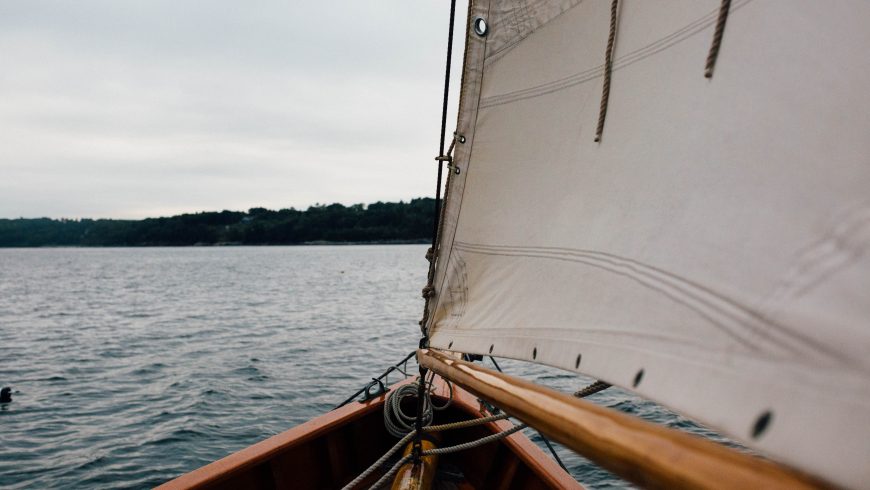
Fishing tourism in Asinara
In the Asinara there are several restaurants offering fresh fish specialities, caught directly by the island’s trusted fishermen. Alternatively, you can fish for yourself thanks to structures that organise fishing tourism. A unique opportunity to experience first hand the tradition and culture of fishing and be the protagonists of your holiday.
- Photo by cattalin on Pixabay
- Photo by Lorri Lang on Pixabay
Green accomodation
Finally, we offer you some green accommodation facilities near the Gulf of Asinara. So, you can stay respecting the environment and easily reach the island.
La casa Gaia

Casa Gaia is a welcoming eco-sustainable B&B just a few kilometres from Alghero and the Coral Riviera, immersed in the green countryside of the Olmedesi. This ecobnb, which has always been attentive and sensitive to the environment, was built with natural materials and very low ecological impact, in order to provide an ideal living comfort.
House in the green of Alghero
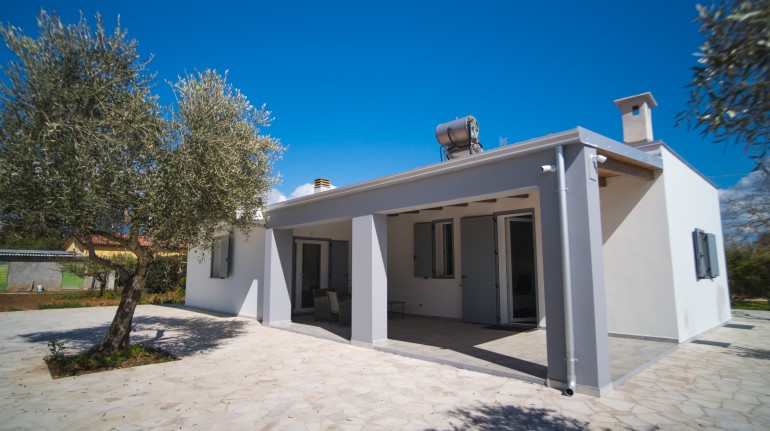
Surrounded by olive trees, fruit trees and vineyards, Residenza Figuruja is the ideal place to relax and immerse yourself in the greenery of the Alghero countryside. The two flats are finely furnished with modern and functional furniture. Finally, the structure uses solar panels and water purifier, to limit the use of disposable plastic and reduce the environmental impact.
Lubagnu Holiday House

Lubagnu Vacanze is an eco-sustainable villa in Lu Bagnu Castelsardo. It is a quiet area, perfect for a walk in the greenery. In addition, the structure is close to the sea: about one km from the beach. It is also in a strategic position to move in a short time throughout the north coast of Sardinia. Its flats enjoy a lot of comforts, an equipped garden and a wonderful swimming pool with panoramic terrace.
Cover image: by Carlo Pelagalli, CC BY-SA 3.0, via Wikimedia Commons
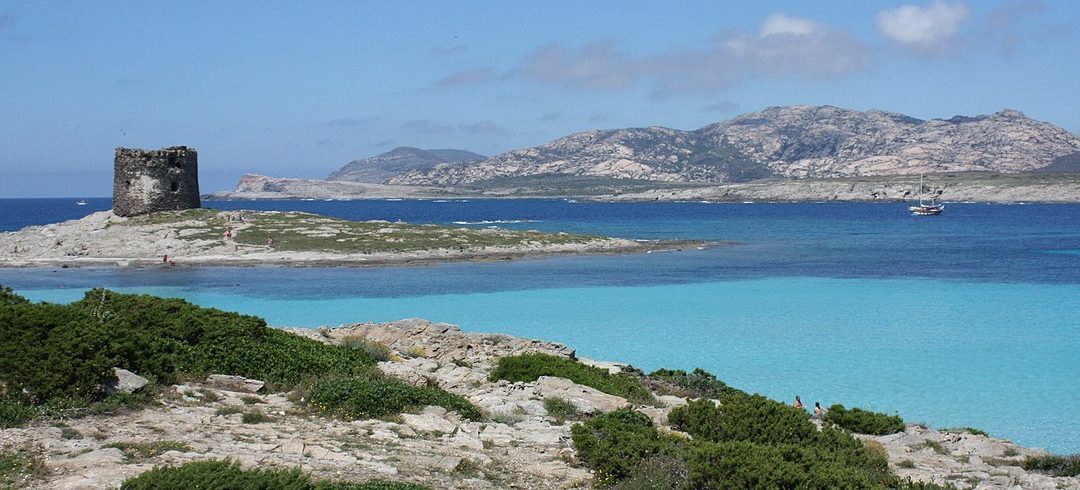
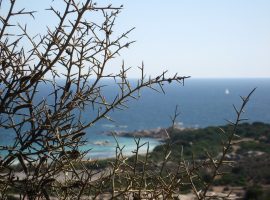
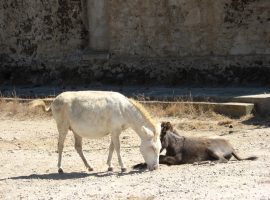
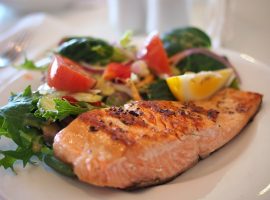
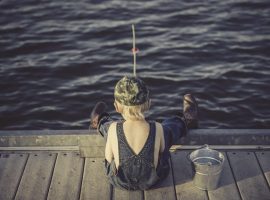
 Casa nel verde di Alghero – Green Apartment in Alghero, Province of Sassari, Sardinia, IT
Casa nel verde di Alghero – Green Apartment in Alghero, Province of Sassari, Sardinia, IT  Lubagnu Vacanze Holiday House – Green Apartment in Castelsardo, Province of Sassari, Sardinia, IT
Lubagnu Vacanze Holiday House – Green Apartment in Castelsardo, Province of Sassari, Sardinia, IT 